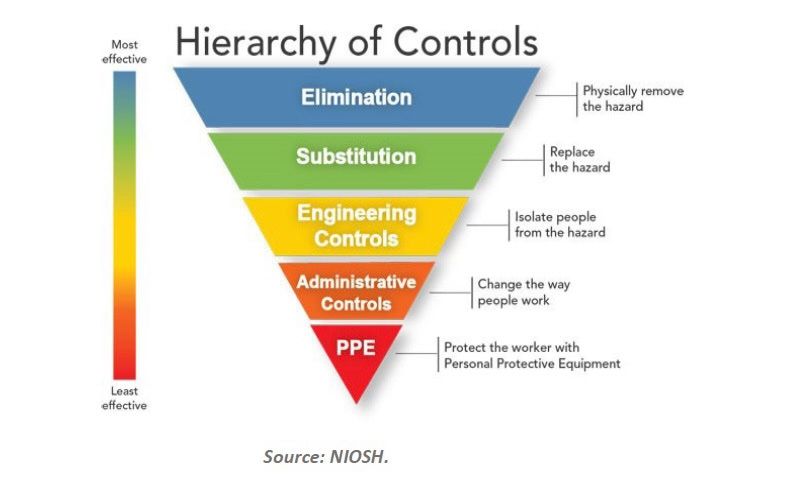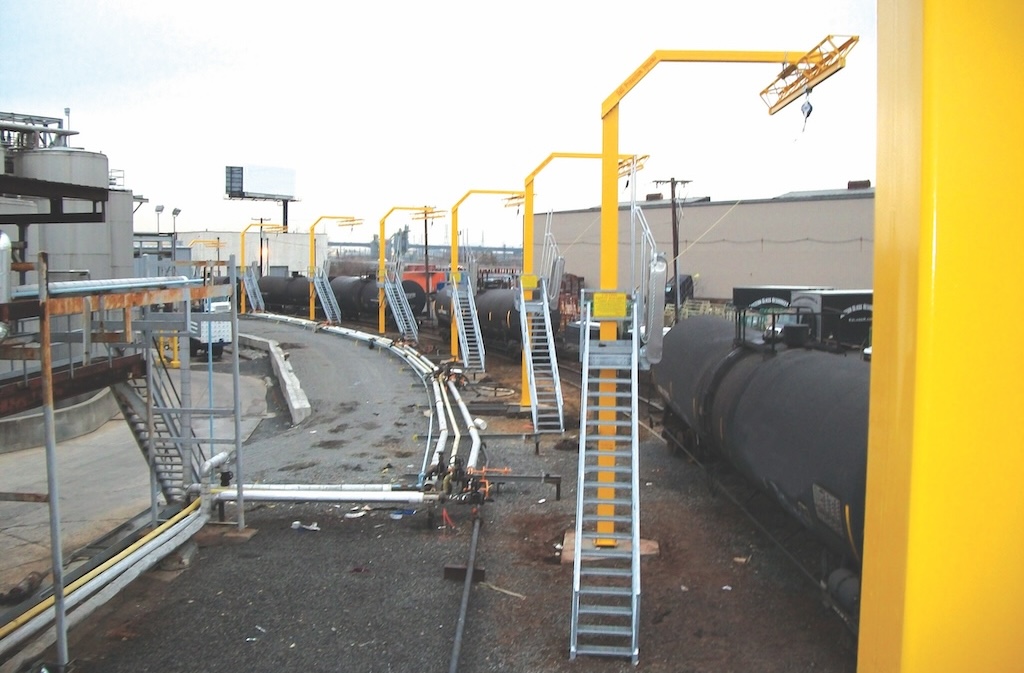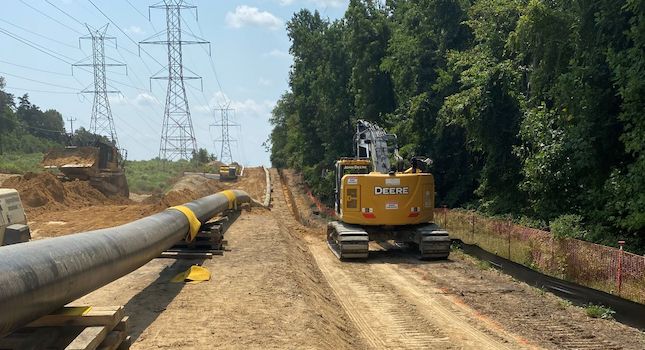The desire for better process control and increased quality fuels the drive toward improved process instrument accuracy. Process calibrators must be significantly more accurate than the instruments they calibrate. And instruments that have the greatest impact on product quality or plant safety should be calibrated most frequently. This article details these concepts and more.
Plant Engineering – December 2000
INSTRUMENTS
CONTROLS
Feature: Trends in process calibration
Sidebar:
More complex tool selection
Table I: Selecting maintenance tools
Table II:
Instrumentation management software
Richard Pirret, PE, Process Tools, Fluke Corp., Everett, WA
-
Process calibrator accuracy must be greater than the instrument it measures.
-
Instruments that have the greatest impact on product quality or plant safety should be calibrated most frequently.
-
The drive for greater productivity brings instrumentation management software systems into play.
-
The internet is changing how information is gathered and purchases are made. Wireless phone technology is altering communication.
As the economy becomes global, competition increases. Cost management is critical and reducing downtime is a key factor in managing these costs. To maximize instrument maintenance cost effectiveness, plant engineers should be aware of several trends.
Accuracy and performance
The desire for increased quality and better process control fuels the drive toward improved process instrument accuracy. Process calibrators must be significantly more accurate than the instruments they calibrate (see chart ).Today, a test uncertainty ratio of 4:1 is commonly accepted. As a result, greater instrument accuracy creates a need for higher accuracy and resolution in process calibrators.
As process instrumentation shifts from analog to digital technology, instruments are delivering multiple-parameter capability, digital communication, better time and temperature stability, and lower failure rates. For the instrument shop, these factors mean longer intervals between calibrations and a resultant reduction in maintenance expense.
Safety and maintenance
While the process industries have always been sensitive to operational safety, an appreciation is developing that a well-calibrated plant is a safer one. In addition to assuring that instruments are performing to specifications, a sound maintenance program often detects and corrects noninstrument problems, such as orientation effects, obstructed pressure lines, incorrect thermocouple types, and installation errors.The desire to limit process downtime, cost of instrument removal and installation, and expense of spare equipment drives the shift from “in-shop” to “in-field” maintenance. This shift has been made possible by the emergence of highly accurate, field-tolerant process calibrators that can deliver near-laboratory accuracy in field environments.
Not only are these calibrations more cost-effective, they are often superior to shop calibrations because they take into account the local environment. Errors due to temperature and humidity, lead configurations, ground loops, improper isolation, and EMI/RFI sources are effectively detected and controlled by calibrating in the field.
Proactive maintenance stance
The days of calibration only after an instrument fails are gone. Unplanned shutdowns can be avoided and costs controlled better if maintenance becomes more proactive. The instruments that have the greatest impact on product quality or plant safety should be calibrated most frequently.Time between calibrations, or “cal interval,” should be as long as possible and yet still meet performance needs. Under preventive maintenance, calibration is done on a fixed time schedule and the time interval is lengthened or shortened as experience with a family of instruments dictates.
Under predictive maintenance, the performance of a particular instrument is precisely observed and recorded over time. Then adjustments or replacements of that instrument are done only as its particular performance dictates.
Today, the most proactive instrument shops proudly point to a ratio of planned maintenance calls to emergency calls of more than 10:1. However, a proactive program requires a disciplined calibration program.
Rigorous calibration and documentation
Quality programs, such as ISO 9000, and environmental, occupational safety, or consumer protection regulations, are now requiring complete records of instrument maintenance (see illustration ). A rigorous calibration program ensures all instruments that impact product quality are calibrated:-
At regular intervals
-
Using documented procedures
-
With standards of suitable accuracy traceable to recognized standards
-
While capturing and documenting results.
-
The burden of such a program is eased by the adoption of today’s documenting calibrators that automatically capture results, calculate errors, compare errors to tolerance, and flag out-of-tolerance results. Relevant traceability data is captured—tag ID, instrument serial number; operator identification, and day, date, and time—as well as the make, model, and serial number of the calibrator used.
Emphasis on productivity
In many plants today, maintenance is viewed as the last remaining opportunity for significant expense savings. The instrument shop believes this view is a drive for greater productivity. Instrument shops are working smarter, as well as harder. They are often bringing instrumentation management software systems into play. These systems can address the thousands of instruments in a large plant by allowing the shop to:-
Search and sort the instrument population
-
Select items for maintenance or calibration
-
Preprogram calibration procedures
-
Load procedures to a field calibrator
-
Unload results from a calibrator
-
Capture the results
-
Generate certificates and reports.
-
These changes add up to a challenging environment for the maintenance shop. Application of contemporary process calibrators and supporting software permits these shops to step up to the demand for greater productivity while fulfilling the requirements of a disciplined calibration program.
—Edited by Jack Smith, Senior Editor,
630-320-7147, [email protected]More info
Richard Pirret, PE, can be reached by telephone at 425-446-5277 or by e-mail at [email protected] .Sidebar:
More complex tool selectionAlong with the greater variety in maintenance tools comes a greater complexity in selecting the best ones for the applications. In evaluating new tools, look for:
-
Analog source/measure functions required by the application
-
Capability to perform daily troubleshooting and maintenance tasks, as well as calibration
-
Adequate, conservative specifications
-
Size, weight, durability, and reliability appropriate to in-field use
-
Readily available calibration, service, parts, and support.
-
-
Troubleshooting and functional tests
-
-
Digital multimeters
-
-
Stimulating or measuring 4—20-mA control circuits
-
-
Loop calibrators
-
-
Predictable parameter workload; instrument technicians specialized by instrument type
-
-
Single function calibrators; e.g. temperature calibrators and pressure calibrators
-
-
Unpredictable parameter workload; remote field service ready for any parameter
-
-
Multifunction calibrators
-
-
Automatic data capture and the potential for automated documentation
-
-
Multifunction documenting calibrators
-
-
Combining the source/measure functions plus highway addressable remote transducer (HART) communication in one box for rapid calibration of both analog and smart instrumentation
-
-
Communicating calibrators; e.g.HART calibrators
-
Selecting maintenance tools
Primary maintenance needMaintenance tools Instrumentation management software*
SoftwareVendorMore information Asset Management Solutions Fisher Rosemount www.frco.com/fr/solutions/ams Calibration Manager Blue Mountain Quality Resources www.coolblue.com Cornerstone Applied System Technologies [email protected] DocuMint Honeywell www.iac.honewell.com/services/loveland DPC/TRACK Fluke www.fluke.com ProcessTrak On Time Support www.ontimesupport.com QM6 Quality Manager Beamex www.beamex.com/welcome.htm * The companies listed in this table are available to answer questions about their instrumentation management software and their applications. Contact them via their web sites.
[ Back to top ]
-
-
-
-



